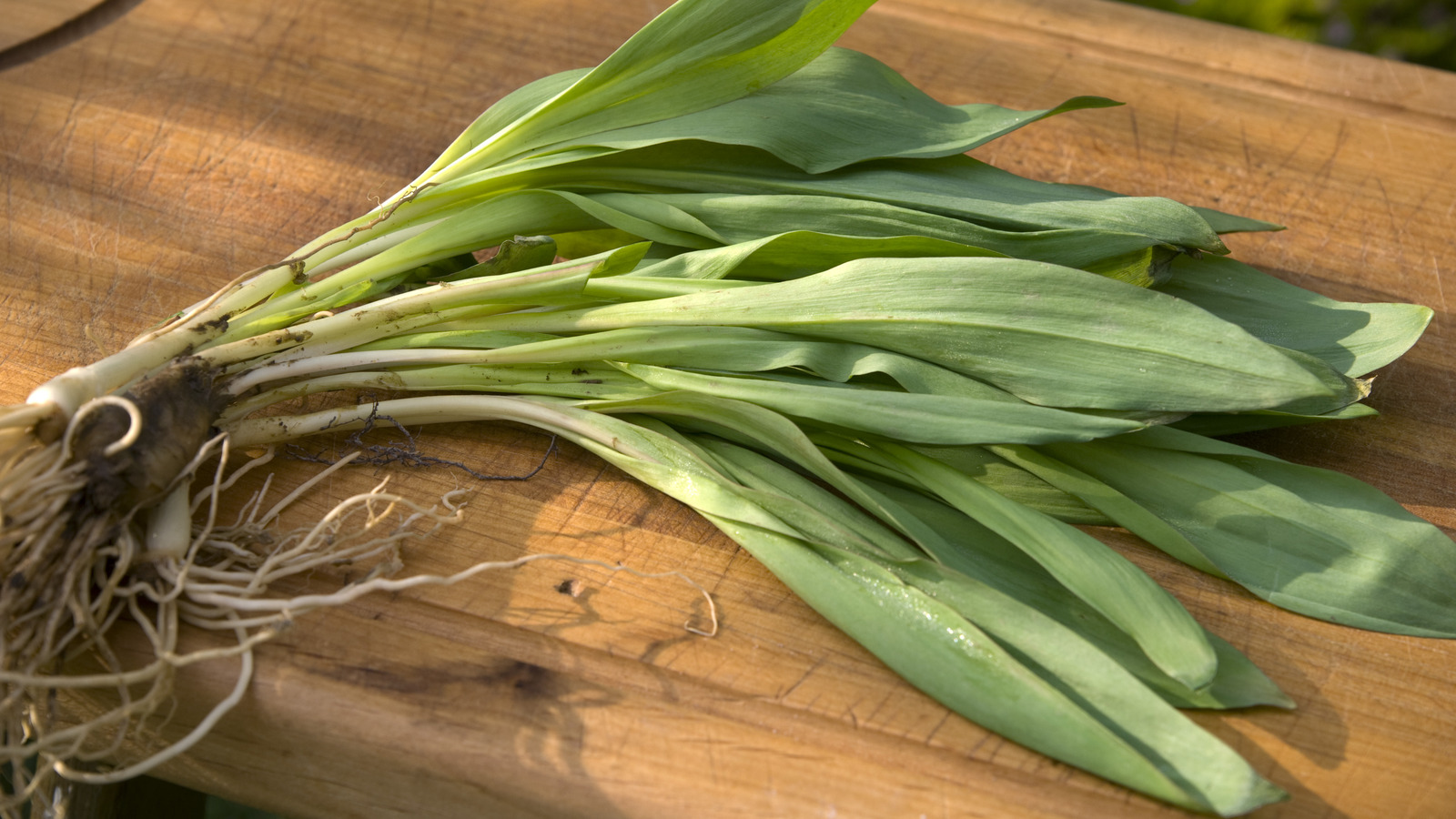Ramps, also known as wild leeks, have become something of a darling of the culinary world. Chefs in cities big and small are excitedly planning dishes featuring these freshly-harvested wild plants, especially between March 1 and May 30, their typical season. , too, can be found perusing the woods of the Midwest and eastern half of the United States, and all this attention for such a humble leek is leading to serious concerns of overharvesting.
That's because unlike other plants in the onion (or, to be scientific about it, Alliaceae) family, ramps can take up to 7 years to hit full maturity from seed, and suggests that only a 25% harvest or less is sustainable for wild ramp populations. With that said, much of the danger in over-harvesting occurs when multiple people, unbeknownst, are harvesting 25% of ramps from a given patch. (And ramps aren't typically commercially grown — the vast majority are harvested from where they naturally occur.

) The same study also projected that at a 25% harvest rate (or an even smaller rate of 5 to 15%, as deduced by ) it would take the patch 22 years to recover. Think about that — a baby could be born and reach drinking age before a harvested patch of ramps recovered from just a fourth being taken. Everyone needs to calm down when it comes to ramp-seeking, or there may not be any for a long, long time.
A brief history of ramps in the U.S. Wild ramps, along with other leeks and onions, have been used by the Indigenous people of the U.
S. for t.























